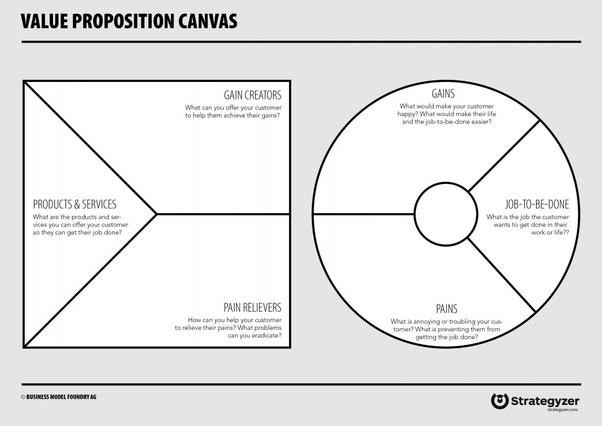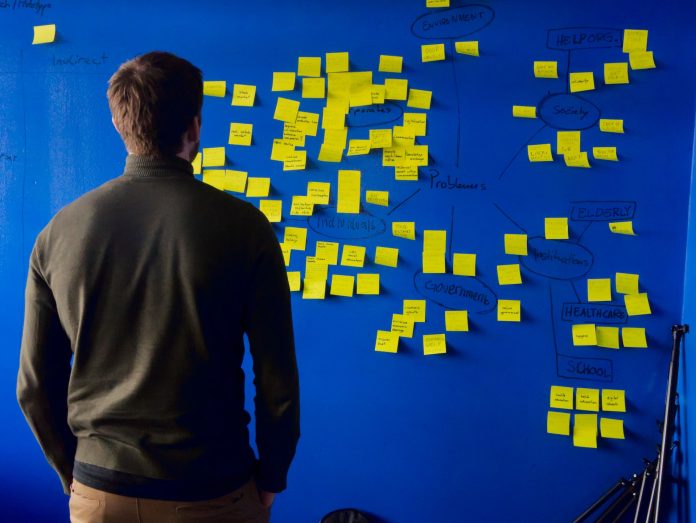Sure thing, MVP development is a serious topic and it’s impossible to cover every aspect in a single brief post. Let me show you what my son taught me these days: validating your idea and building an MVP is as simple as connecting Lego pieces. Yes, you read this right.
Just a short remark about my son’s Lego idea. He told me: ‘Dad, look at my new Lego. It’s a simple warrior robot. But then I asked myself, who needs a simple robot? I checked with my friends and found out that they also have the same warrior robots, so I wanted to make one of a kind with some cool features and skills. I’ve checked my robot idea on mom and cousin, they liked it. Why you grownups don’t build products as I play with my Lego? I wish I was asked about my backpack, it lacks space for my new toys’.
So, to cut the long story short, MVP development is not that complicated after all, it can be divided into 5 simple steps. Let’s ‘open the box’ and see what’s inside:
#1 Define the problem your product solves
Every product we use on a daily basis fills a certain gap in our needs and, what’s more important, solves a certain problem. That’s why the first thing you should actually do is to ask yourself these 3 simple questions:
- Who will need this potential service or product?
- How might it help in resolving the problem?
- What exact problems or issues does your service or product illuminate?
Make your answers short and simple, just the core and fundamentals.
#2 Look around for some research
Sure enough, there are many services and products on the market contesting your idea. But the trick is to dive deep and investigate, try competitor products and services, research the market and see where you can be better or what you lack.
On the bright side, you don’t have to spend too much of your precious time on this particular stage. There are some cool research tools, helping to collect different information from your principal competitors’ websites. What data can you get? Keywords they use, their main traffic sources, the most successful SEO practices, backlinks analytics, and so on.
I will only add some that I’ve used:
#3 Create a features list
My advice here is to start with the client flow. Just a note, a client flow is usually a path your potential client takes either on your app or website to receive the desired outcome. With the help of this flow you can create the list of features sufficient and required for your mvp development. Nothing extra.
For example, let’s take a simple Uber service. To order a ride you, as a user, need to indicate the pickup area, the destination point, and ‘Confirm’ these two. You can add some extra choices here, ie ‘Cash only’ or by ‘Credit card’, or anything else you consider a must-have feature for a top smooth customer experience.
Once you are done with the user flow, you are ready to create the obligatory features list. There is a helpful tool for this purpose, Value Proposition Canvas. Its main aim is to ensure the fit between your product and the market.
To meet your potential customer needs you need to meet these three points: Pains, Gains, and Jobs-to-be-done. Fill in each of these 3 points and define how your service or product is going to meet your customers’ needs’.

Source: https://www.strategyzer.com/canvas/value-proposition-canvas
When you identify the pain relievers, gain creators, products and services, every point can be marked as ‘essential’. It means we have proven their value to the customer. A so-called ‘perfect fit’ here is when an offered service or product meets and covers the biggest pains & gains.
Here you can make a table of features with these fields:
- must-have features
- nice-to-have features
- extra features
On finishing with the list you will have a clear picture of minimal functionality needed to start off with a prototype.
#4 Prototype your idea first
By definition, a prototype is an original model or inspiration for later versions. The Greek prefix prot-, or proto- has the basic meaning “first formed” or “first in time”.
When it comes to product development, this is exactly what a prototype means: it’s always better done than perfect.
Therefore, the most time- and cost-effective way to proceed with your product is to create a working prototype. It will 100% save your time, effort, and money and offer a real hands-on experience of your brilliant idea. Also, a successful prototype can help you gain a new round of investments for your startup.
After you have tried your prototype on a narrow audience, you can move to building a Minimum Viable product, which is a working product with the minimum of required features.
#5 Build, Measure, Learn (BML)
Here comes the best part of the process. Now you are ready to validate your idea with an MVP to see how your future service or product looks and works with potential users. As a rule, your first users or early adopters create a narrow range.
This stage is very exciting! It helps you understand the next steps: either to go on further and add develop your MVP further. Or, you can save a lot of time and stop here, if your idea sucks. Both variants are useful and thus good! Find out how validated learning helps companies to grow today in the latest article on Forbes.
You can read more about the approach here: http://theleanstartup.com/principles
A couple of ideas on this:
- When building your product, it’s critically important to launch the MVP and get feedback as early as possible. So make sure your MVP gets only the required functionality.
- Measure the results as soon as possible. The most important sales metrics for you are Customer Acquisition Cost (CAC) and Average Revenue Per User (ARPU).
- Learn from all the data you get and make decisions on your further product development accordingly.
Let’s summarize. This last step is all about communication and ability to hear and absorb. Finishing with validation and BML stages, always (I mean it) always collect customers’ feedback and comments. These feedbacks will help you understand if it’s a smart decision to go on improving the product or it’s a waste of time.



 Bitcoin
Bitcoin  Ethereum
Ethereum  XRP
XRP  Tether
Tether  Solana
Solana  USDC
USDC  Lido Staked Ether
Lido Staked Ether  TRON
TRON  Cardano
Cardano  Avalanche
Avalanche  Toncoin
Toncoin